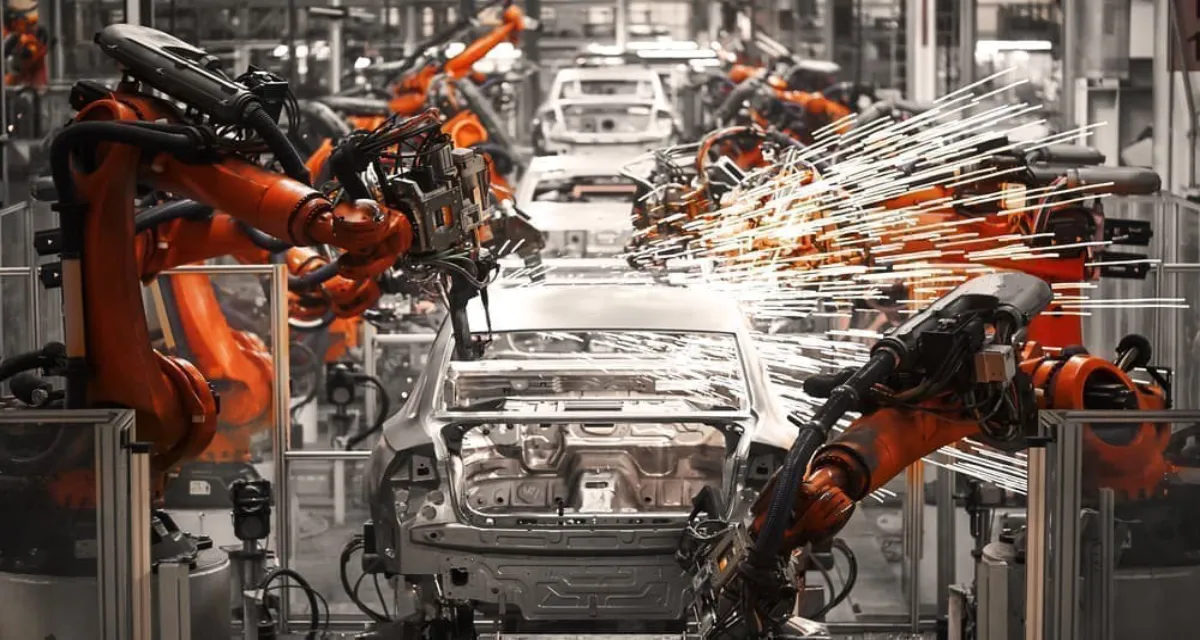

Auto dealers are witnessing an increase in inventory while many consumers remain hesitant to purchase, deterred by high interest rates and inflation. In response, dealers are cutting prices and increasing incentives to boost demand this summer. According to a report from the Financial Times, citing data from Motor Intelligence, manufacturers like Hyundai, General Motors, and Volkswagen have significantly increased their incentive packages by 53% in June compared to the same month last year.
When manufacturers and dealers enhance incentives, such as offering low interest rates, cashback, and price reductions, it typically signals a troubling demand issue. The crisis in car affordability is clear: New car prices hover near record highs while financing costs reach levels not seen since the late Dot Com era. Consequently, consumers are shifting their focus to more affordable options like compact SUVs.
Matt Smith, deputy editor and head of automotive insights at CarGurus, noted, "If folks can put off a purchase they're doing that, but when they do need a car, now more so than a year ago, they're looking for ones that are less expensive because they are having to deal with higher interest rates."
Data from JD Power indicates that in June, new cars sold at a premium over the manufacturer's suggested retail price decreased to around 16.9%, down from nearly 35% in the same month the previous year. Federal Reserve data shows the average amount consumers financed for a new car dropped to around $38,800, down from $40,000 in 2022.
Bank of America economist Stephen Juneau attributes "rising supplies" and "moderating demand" as reasons manufacturers are offering more attractive deals to move cars off the lot. According to Automotive News, dealer inventory has been below 3 million vehicles for over four years. However, June data reveals inventories climbed to 2.96 million vehicles, or about a 76-day supply, up from 1.95 million the previous year.
While inventory levels are not yet back to pre-Covid levels, no dealer wants to hold onto unsold vehicles, leading to continued incentives. If the current high interest rate environment persists through the end of the year, new auto prices could face significant pressure. However, once the Federal Reserve starts cutting rates, potentially as early as September, increased demand is expected to quickly absorb supply and drive prices higher.
Adding to the complexity, the latest data shows a rise in auto repossessions, indicating a perfect storm in the auto market.
Also Read: